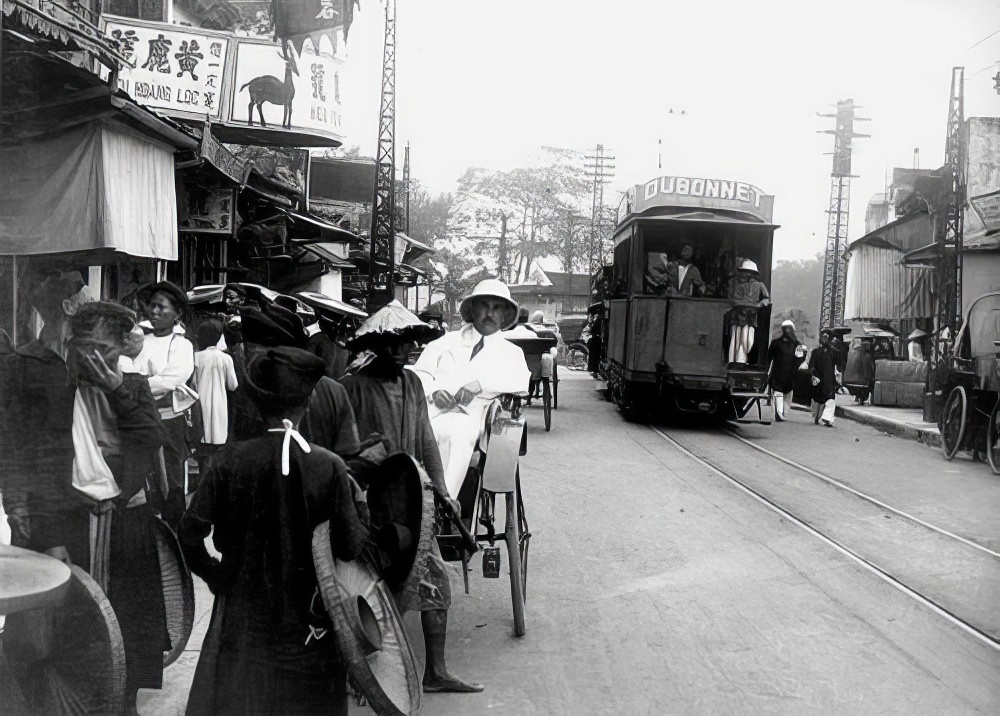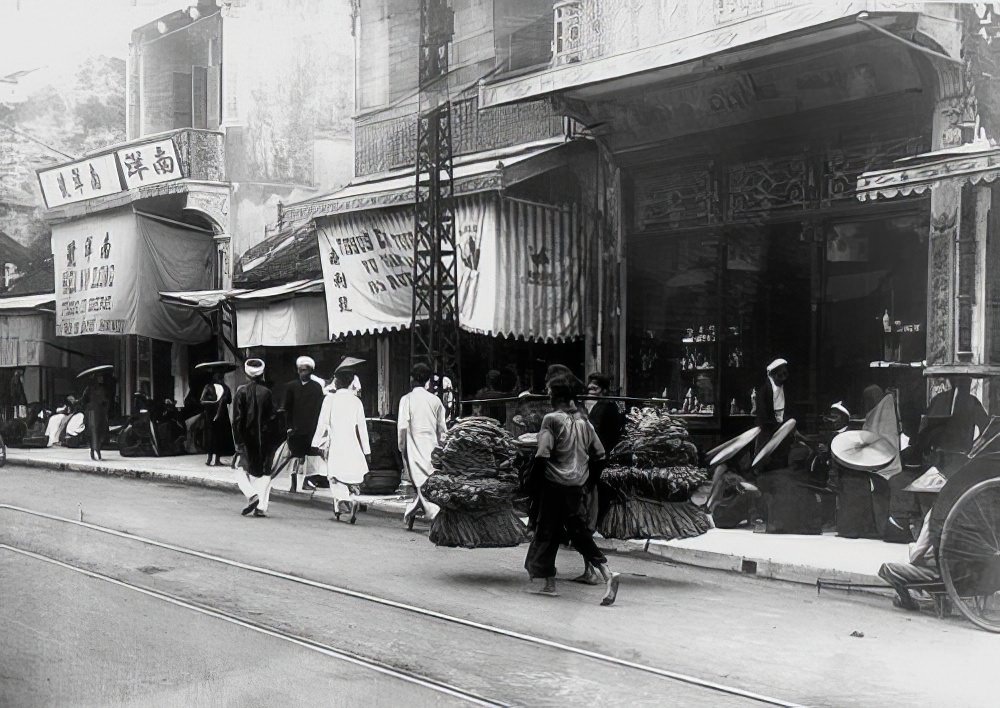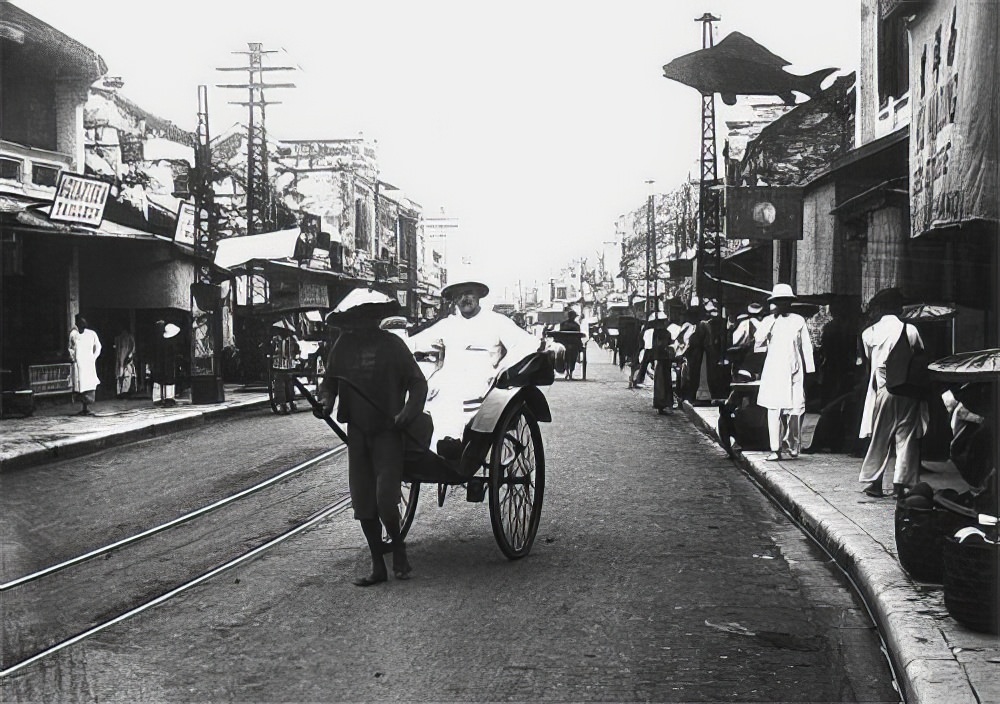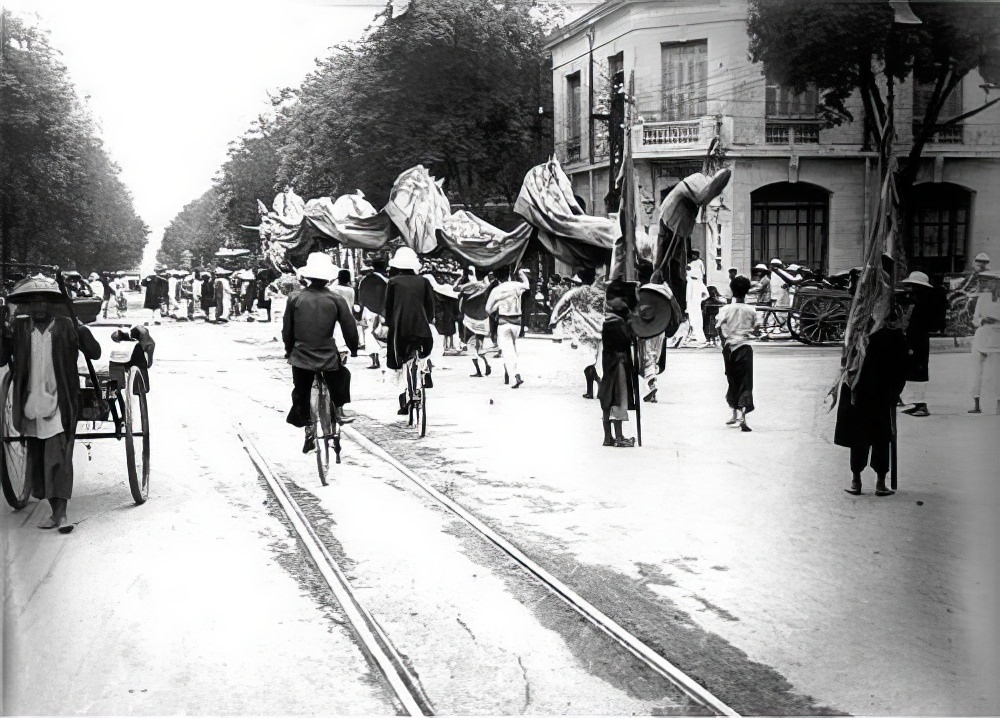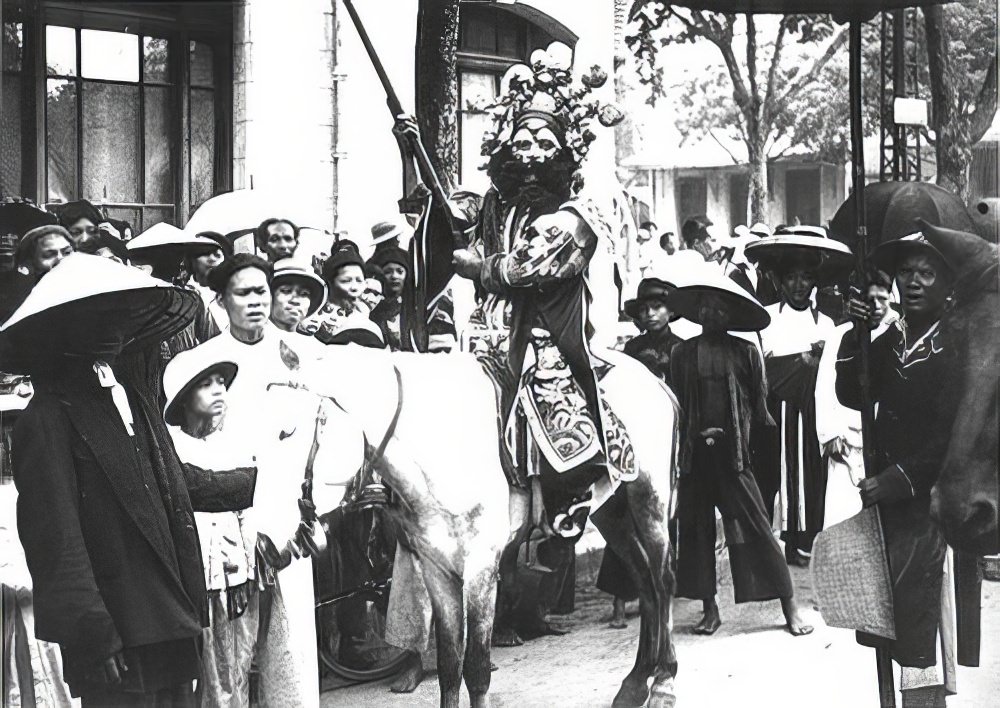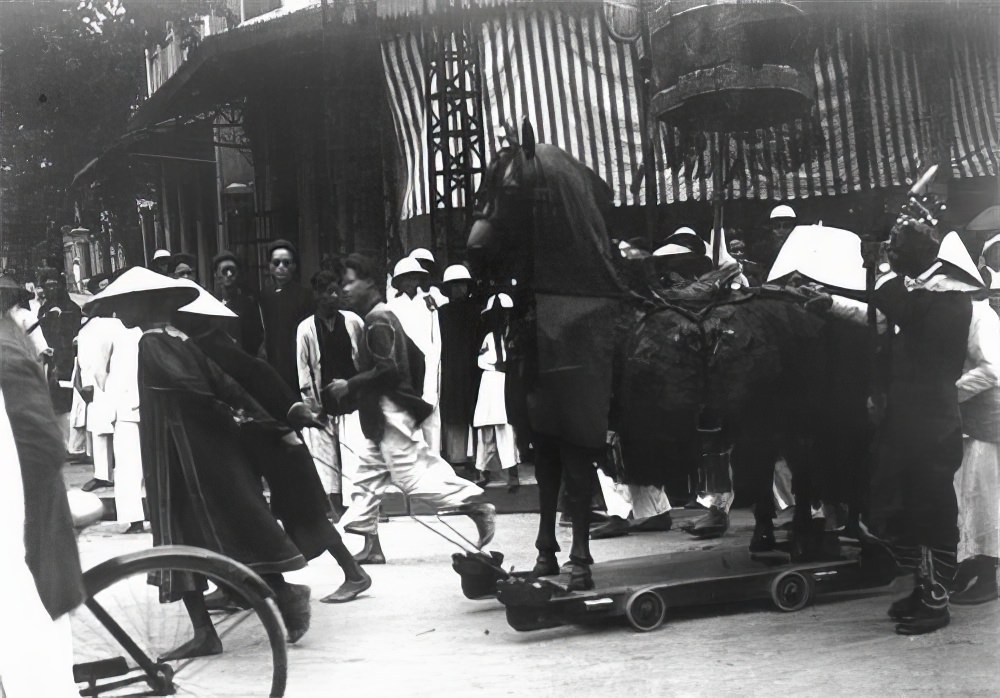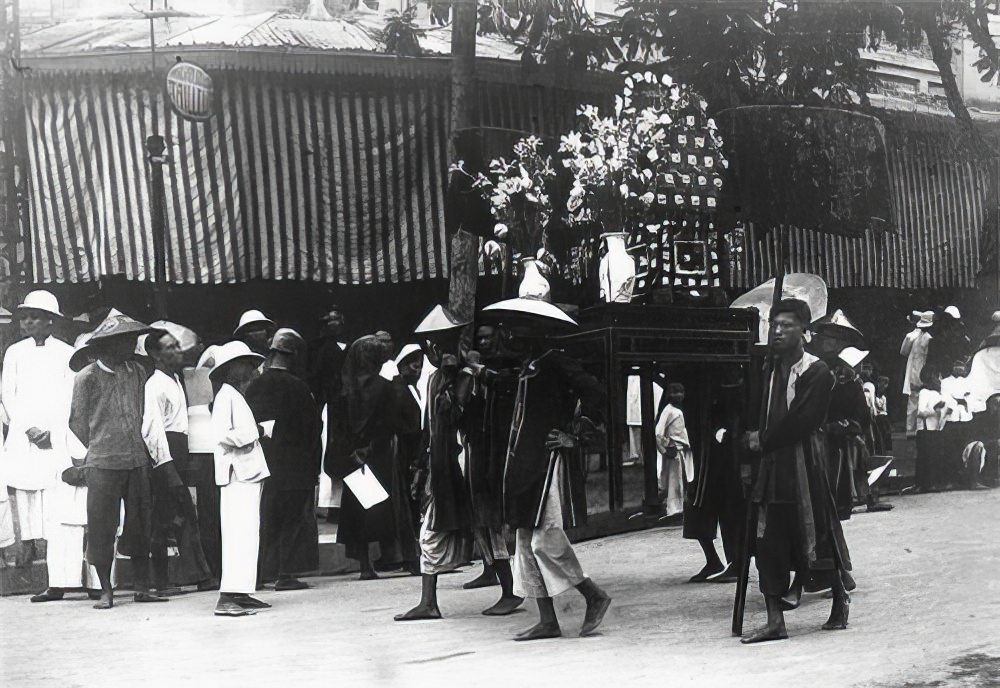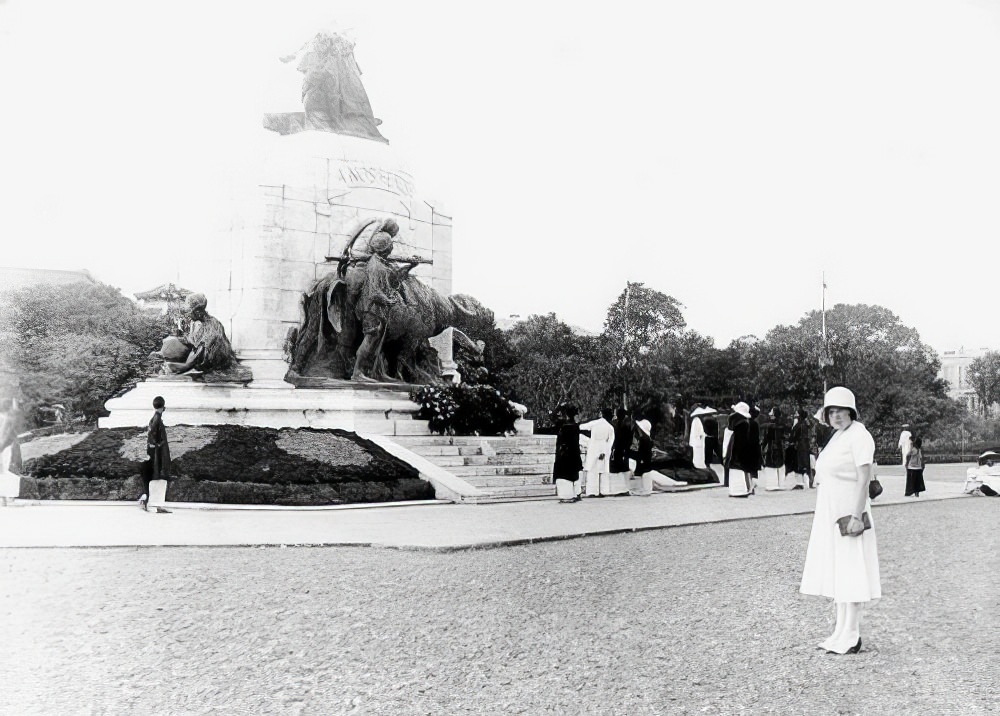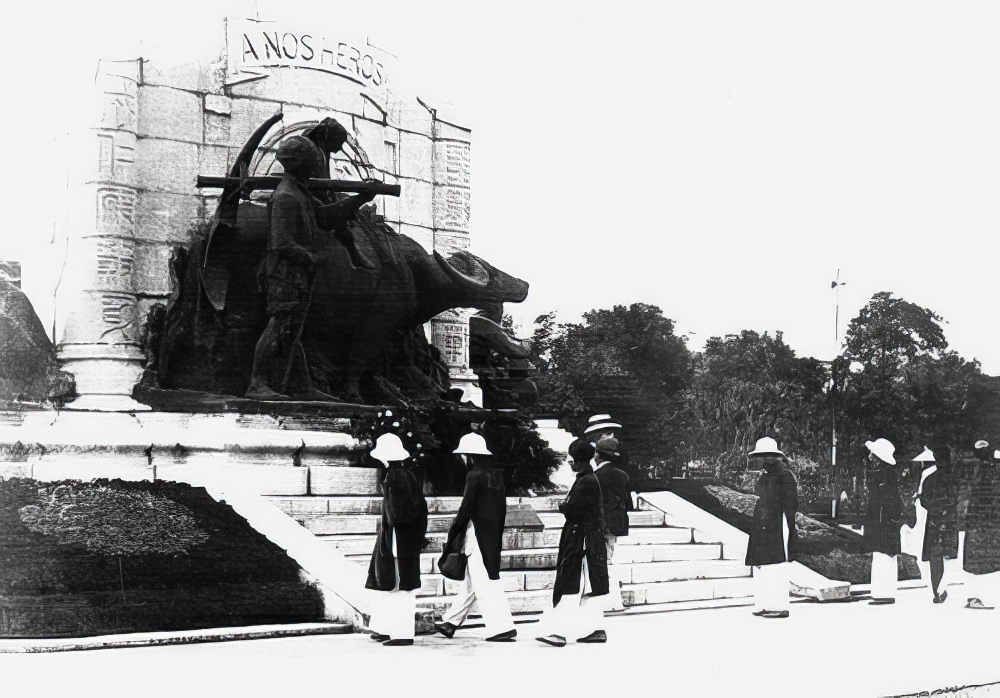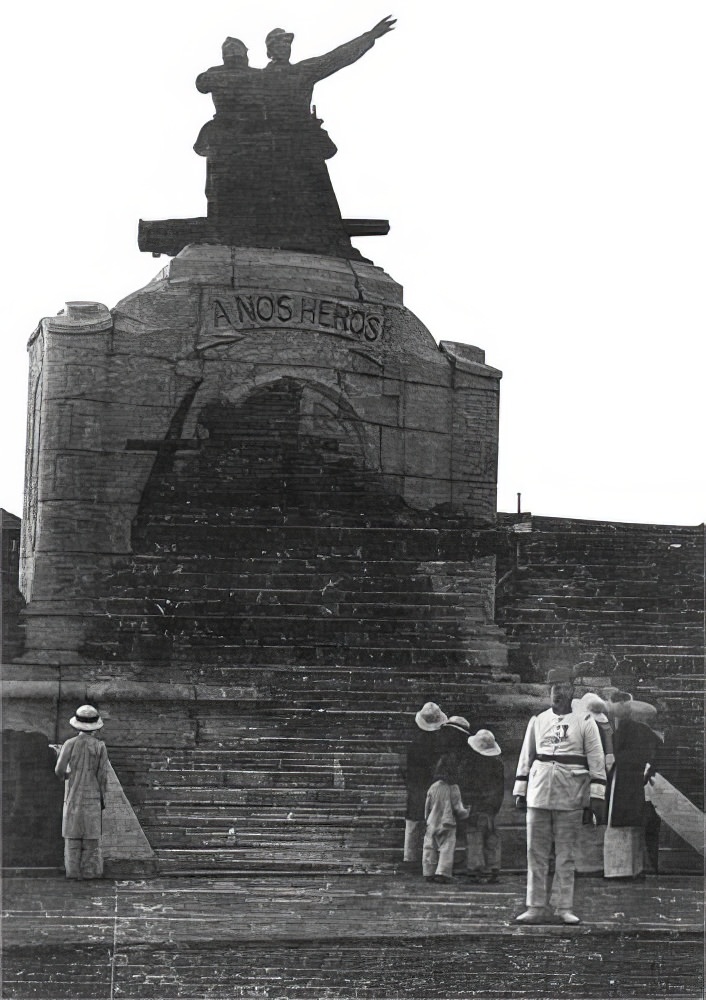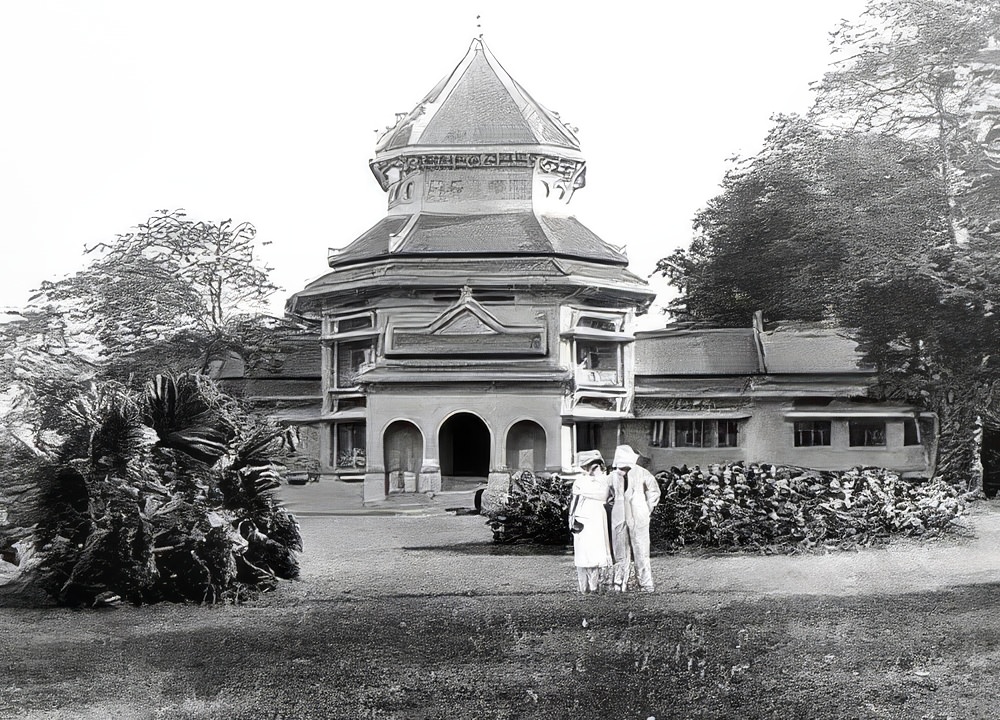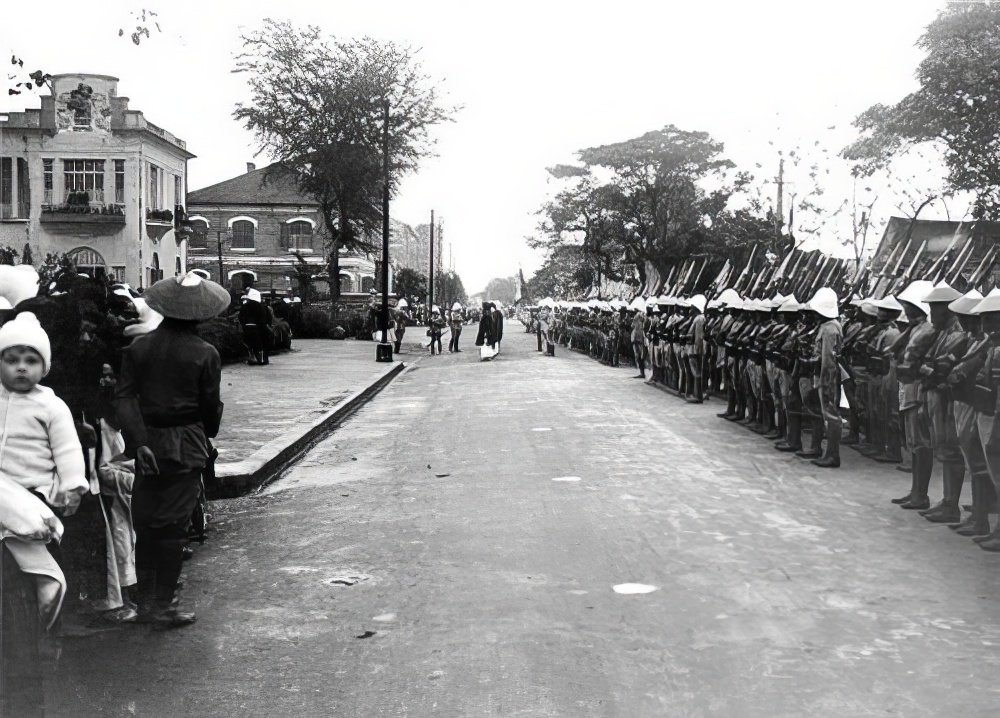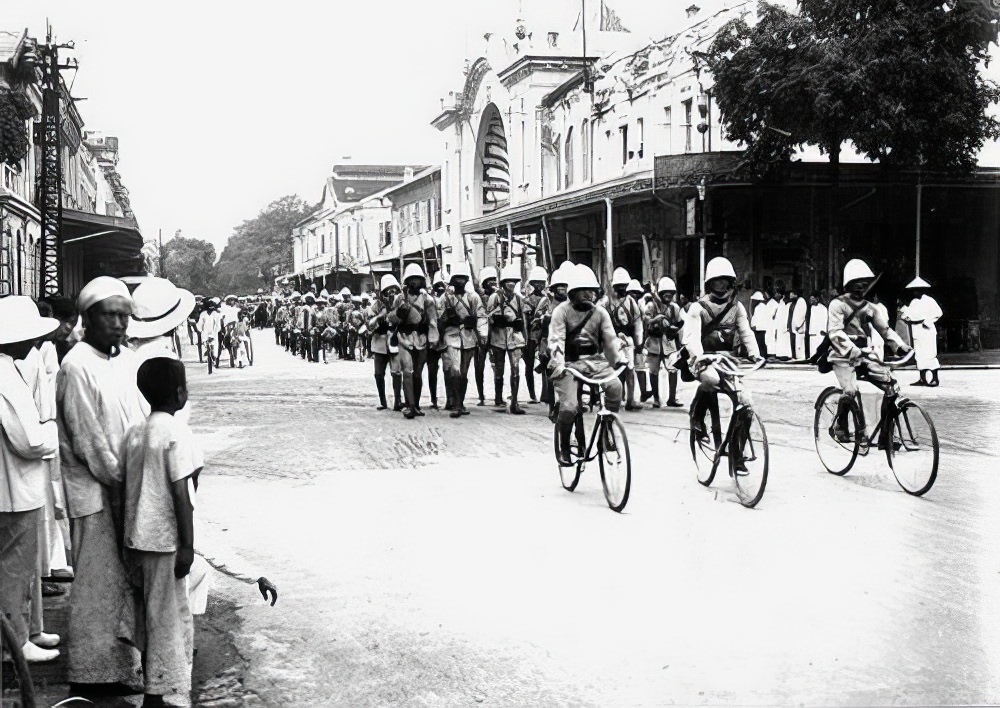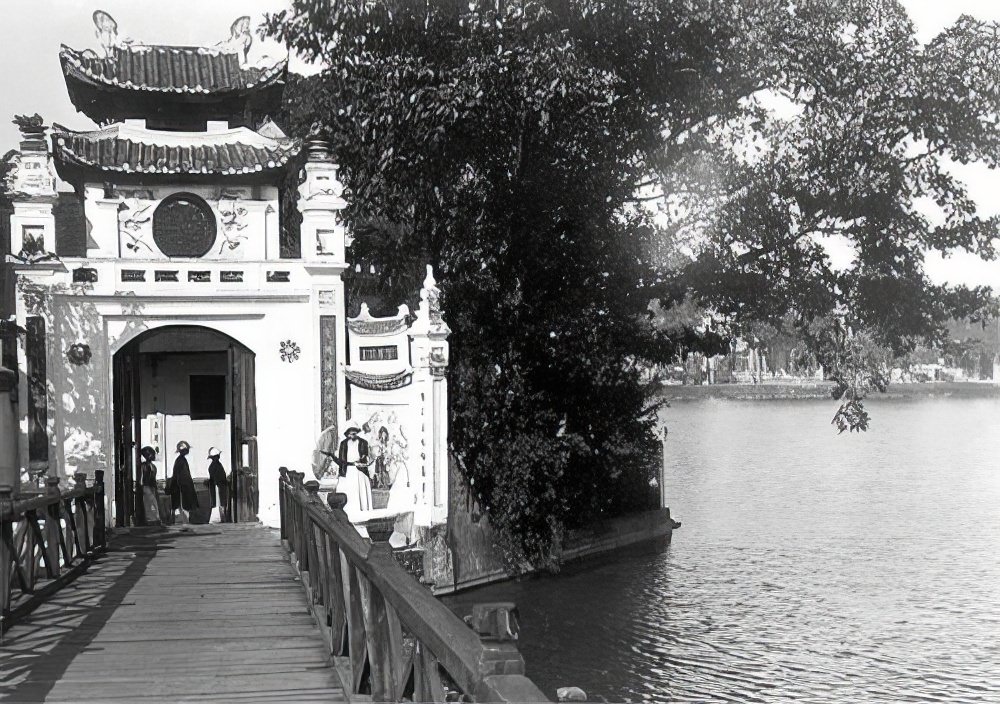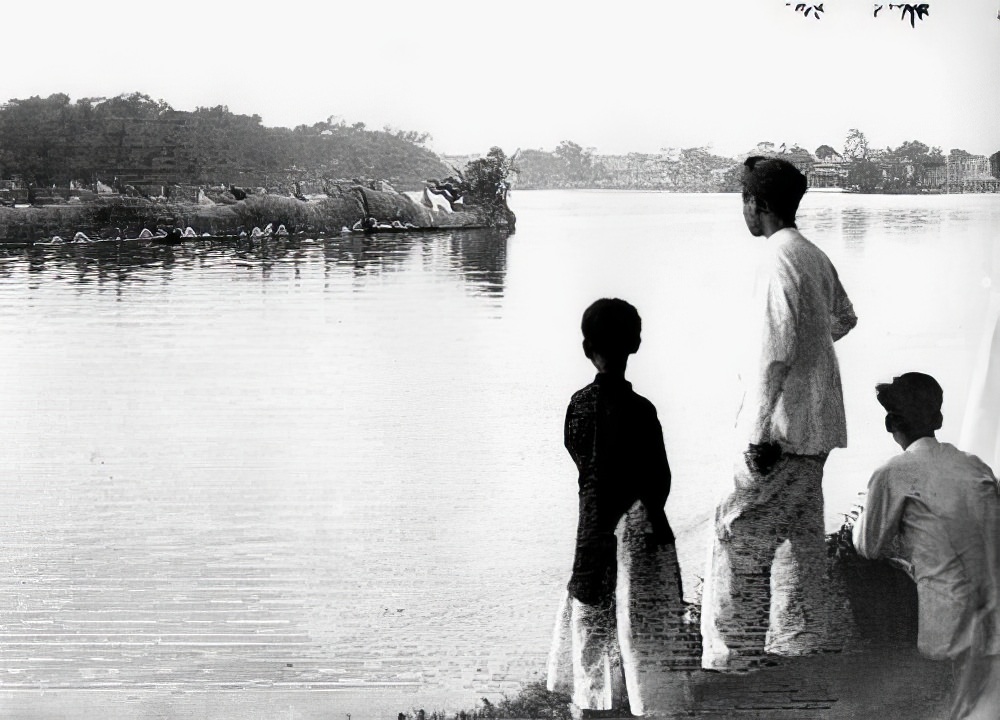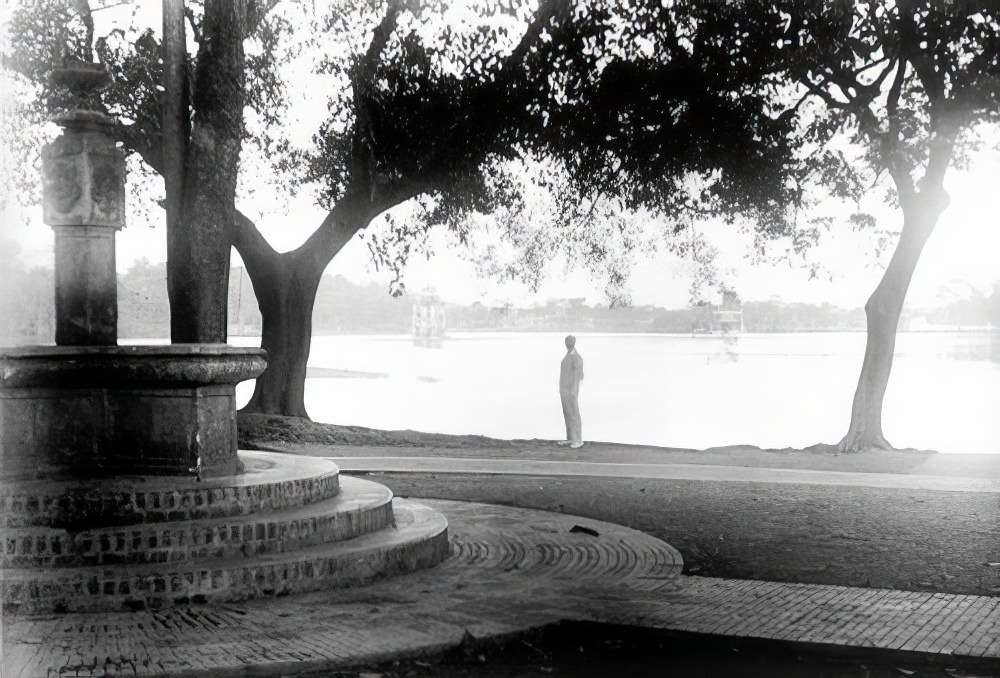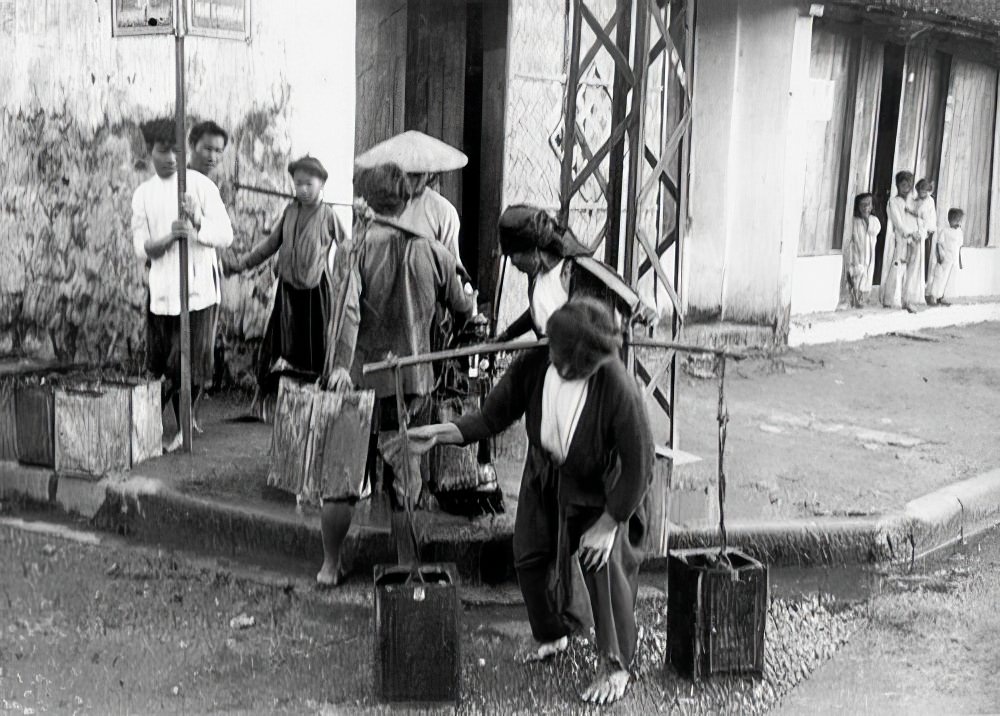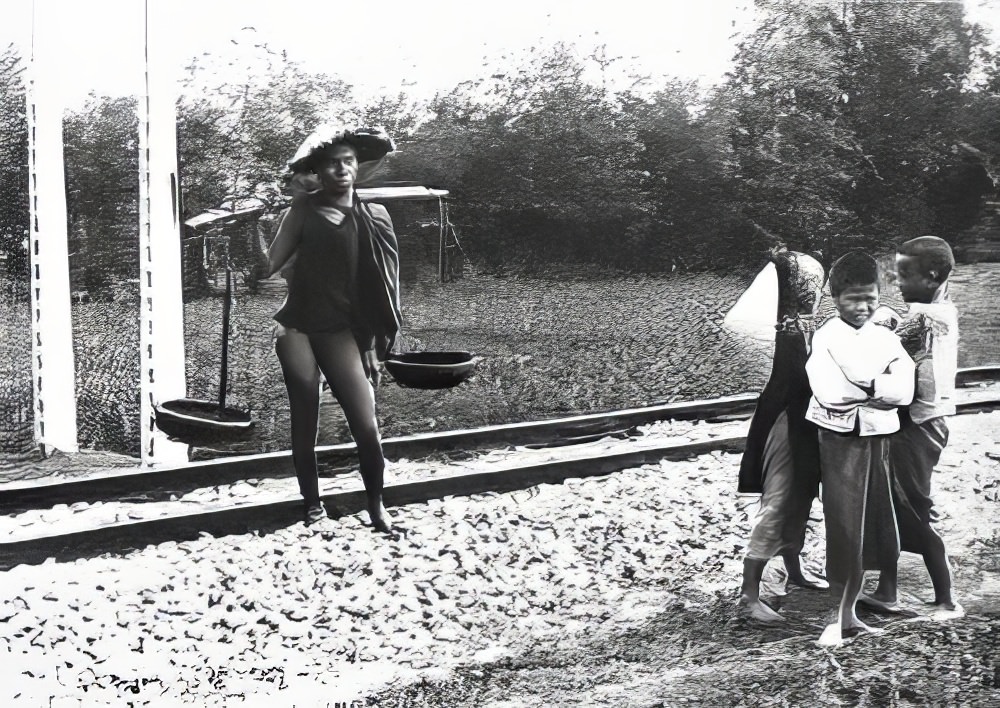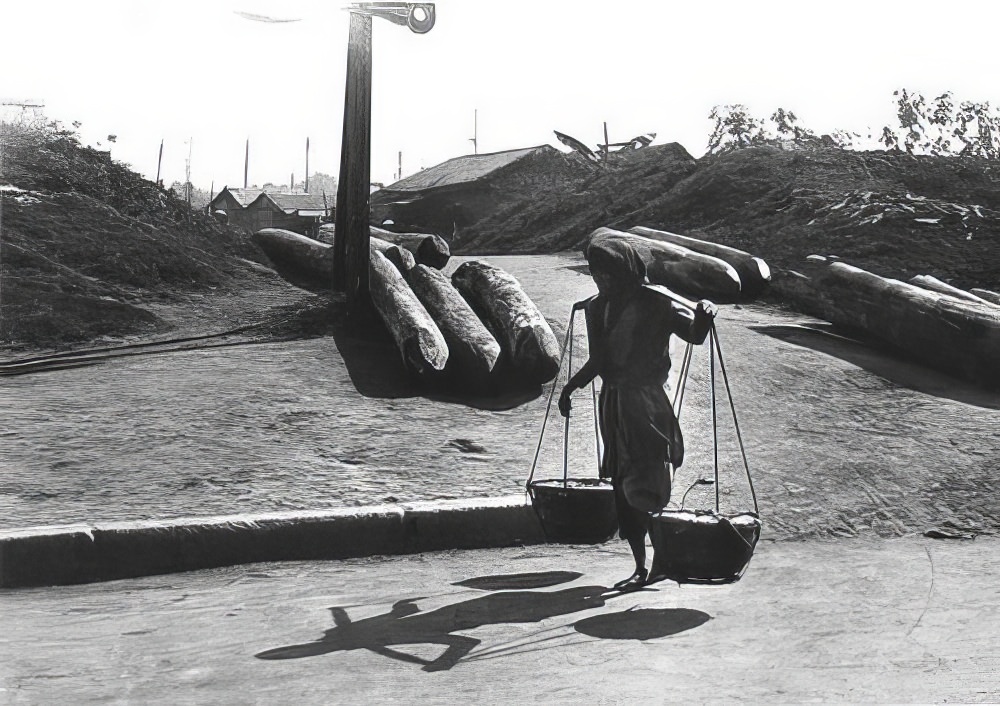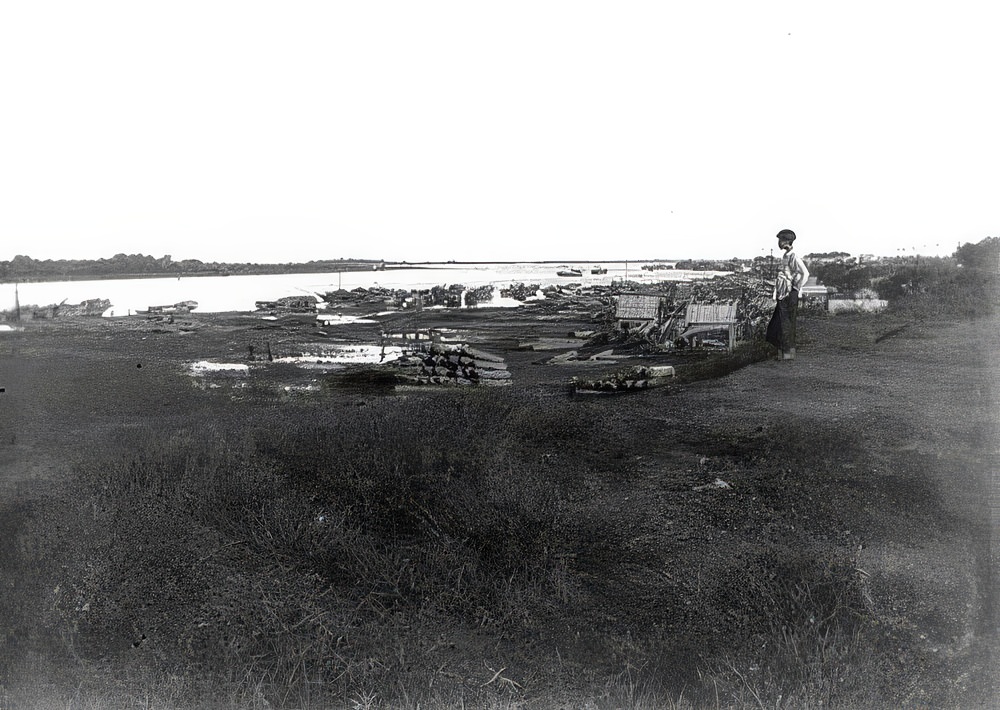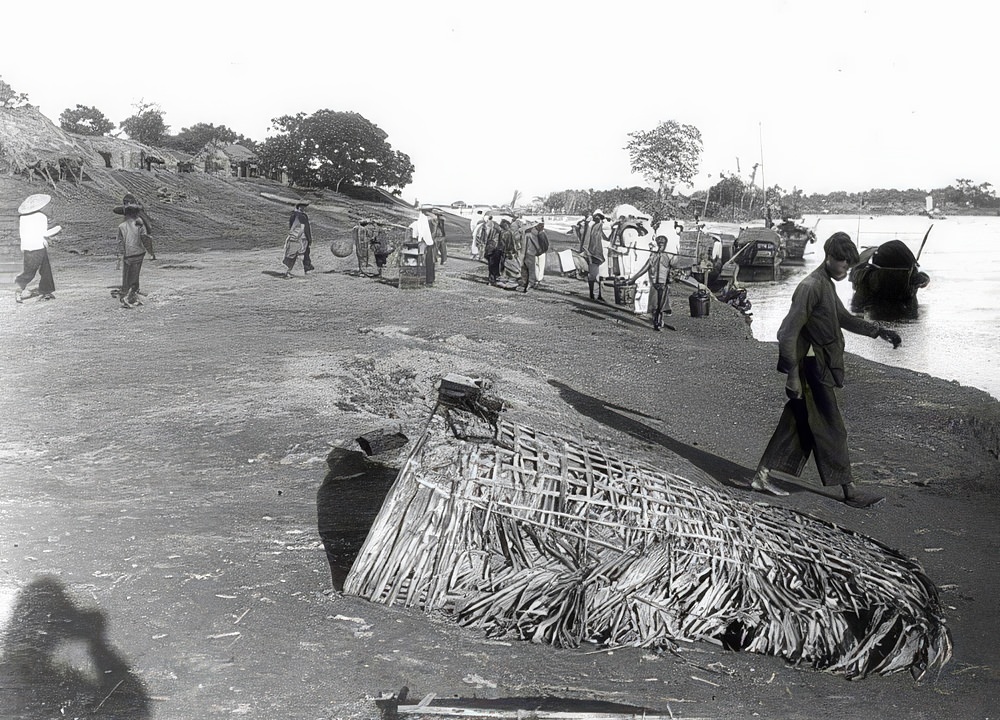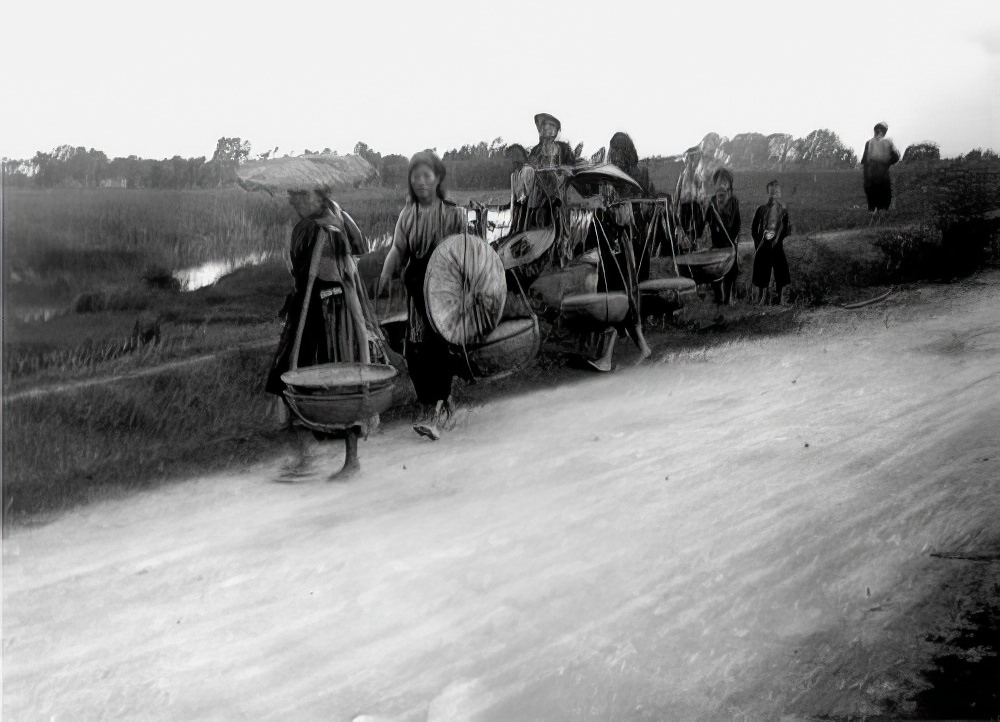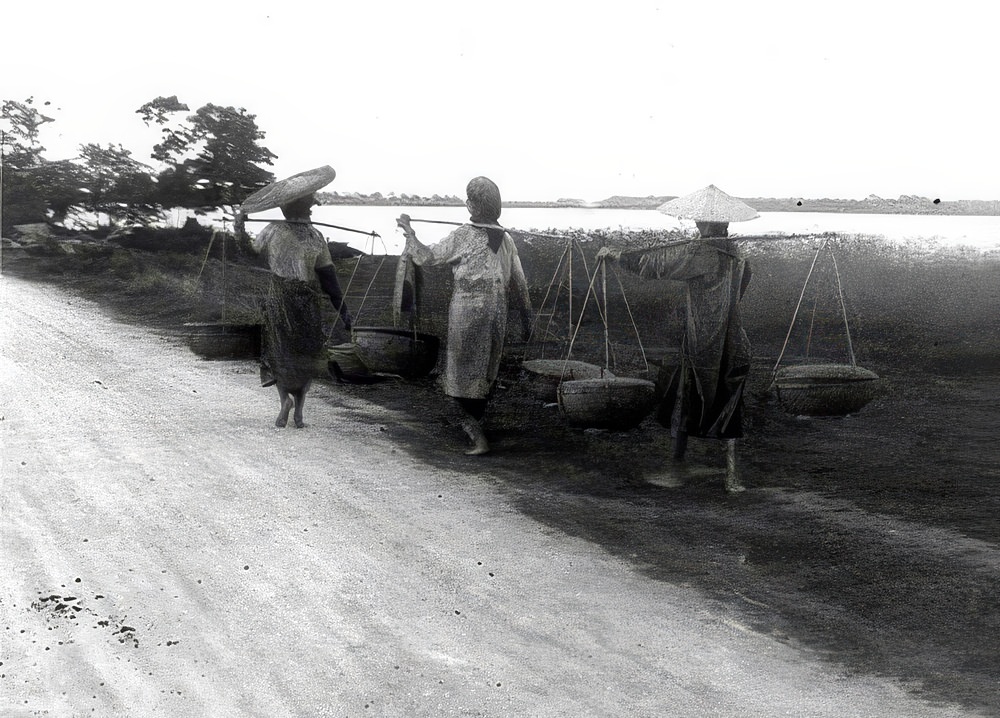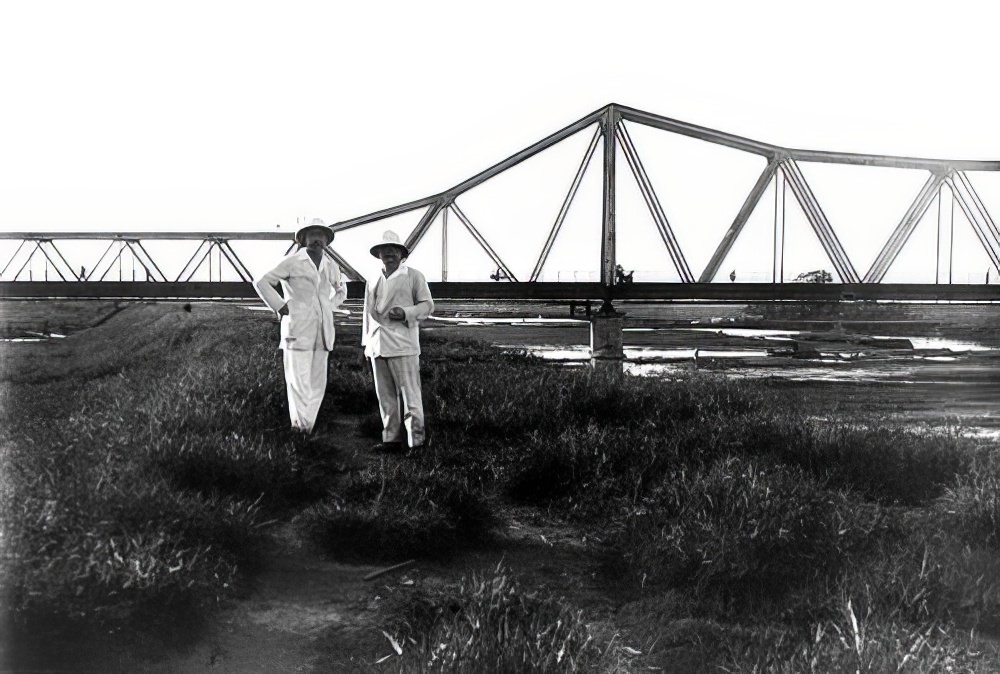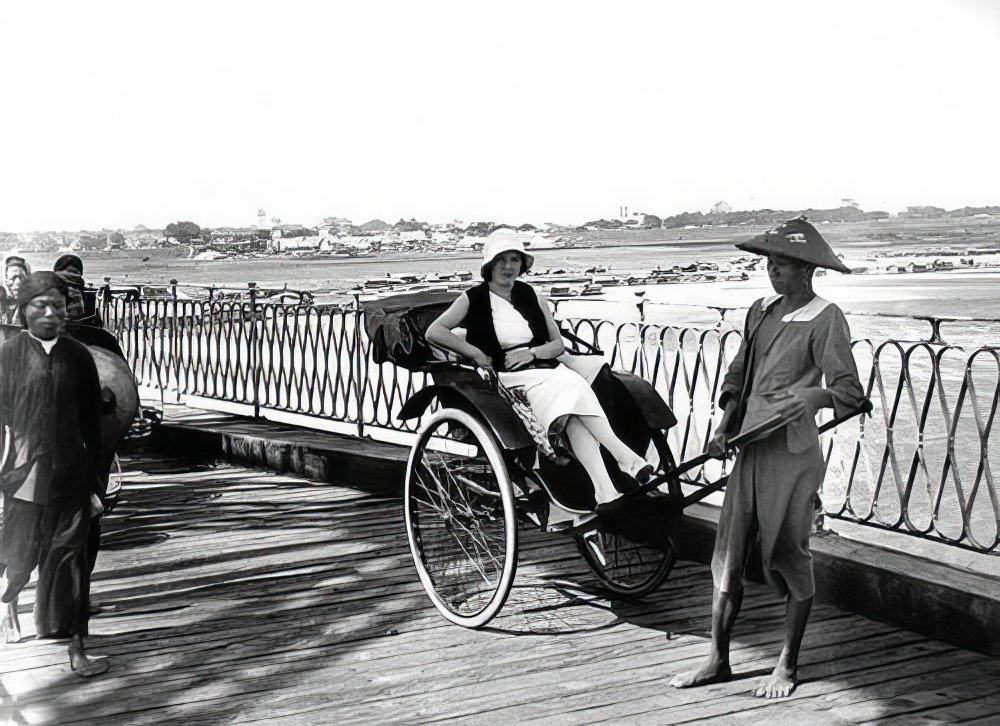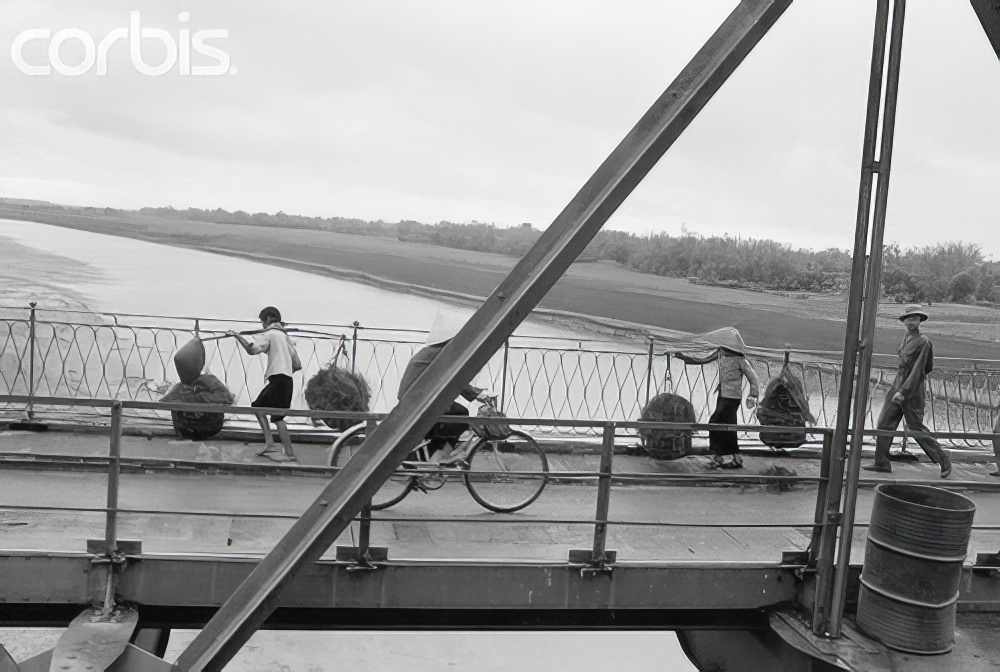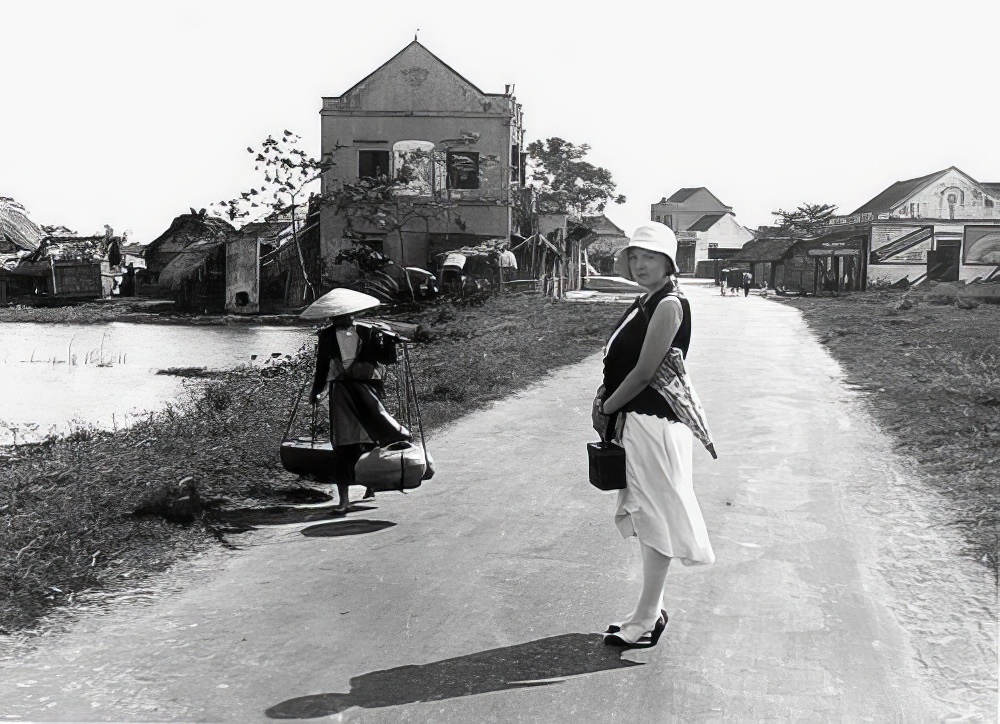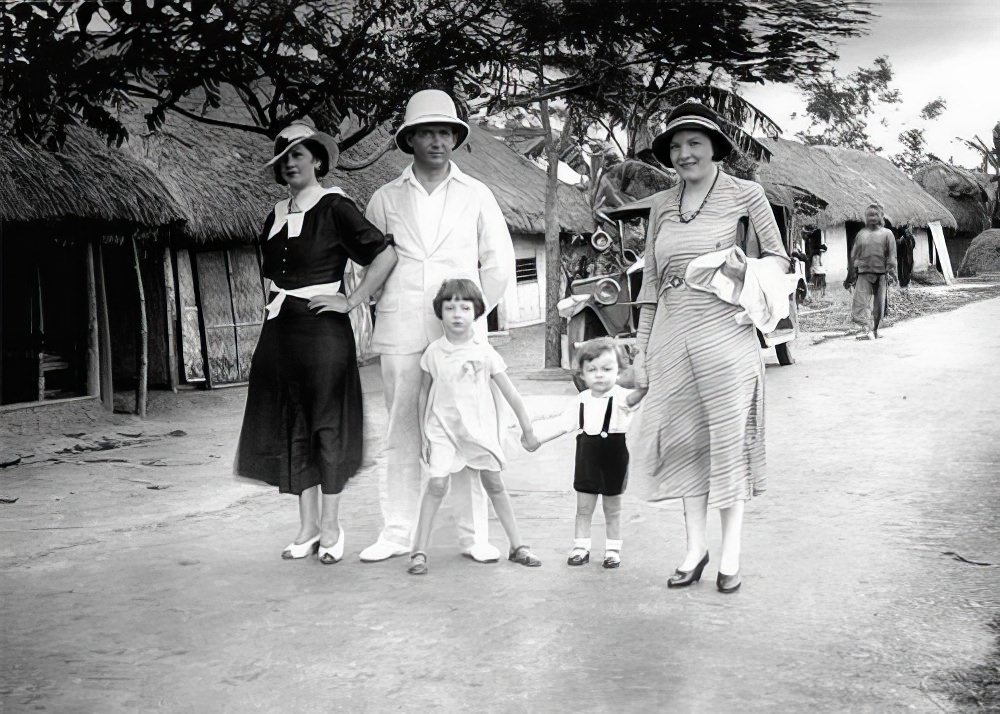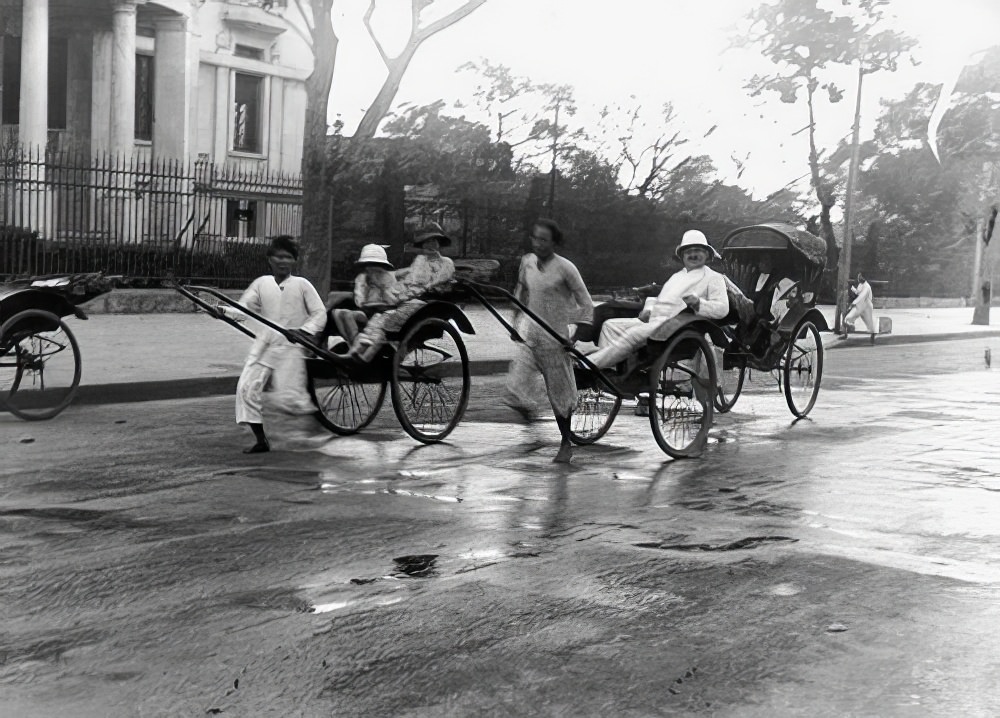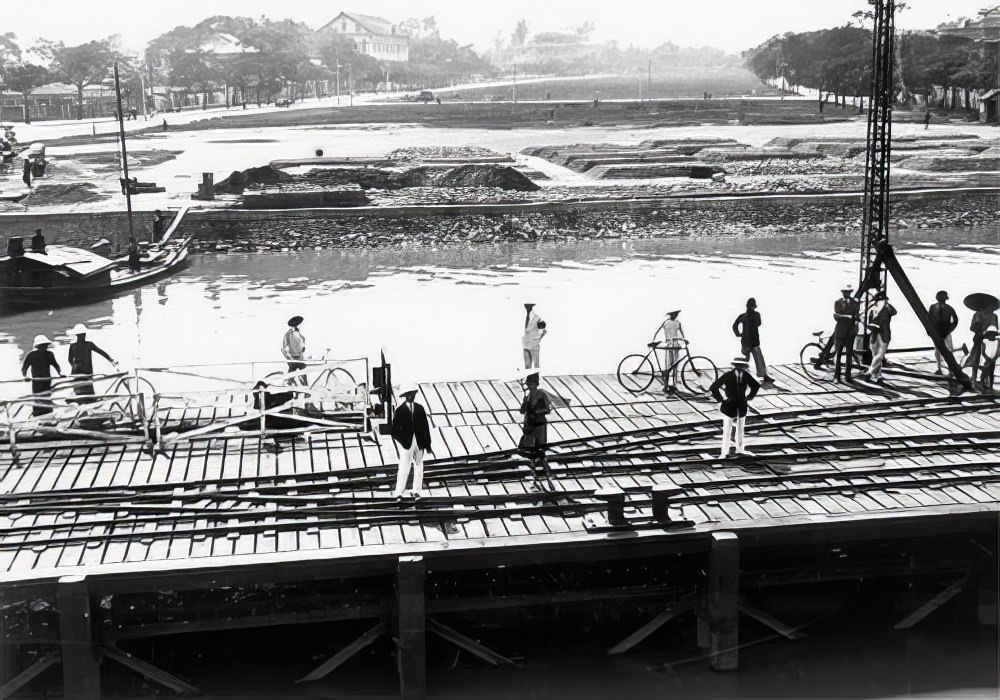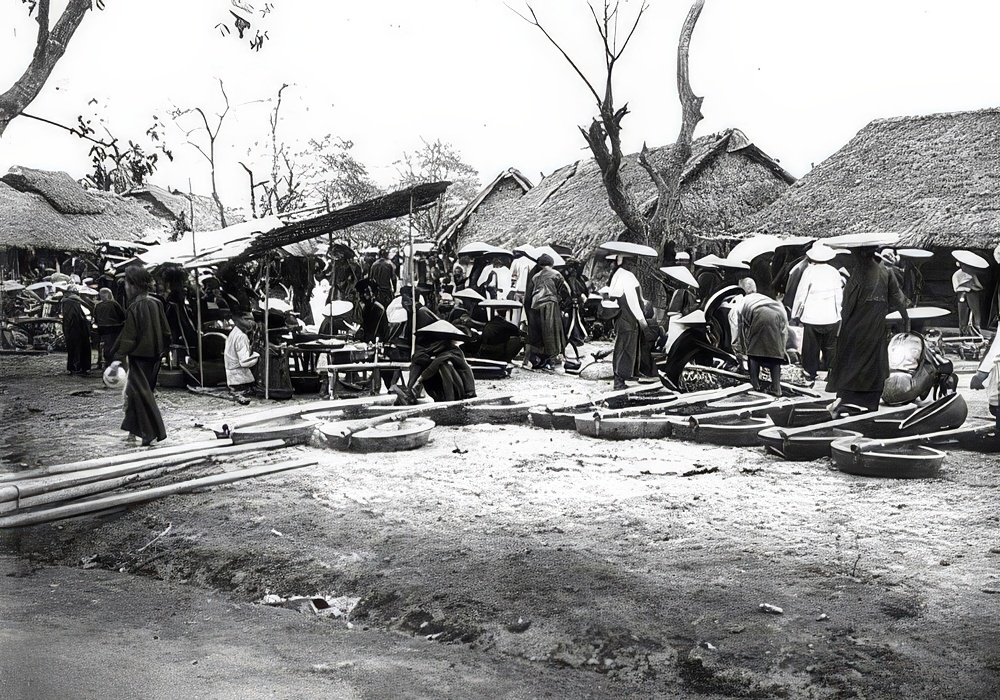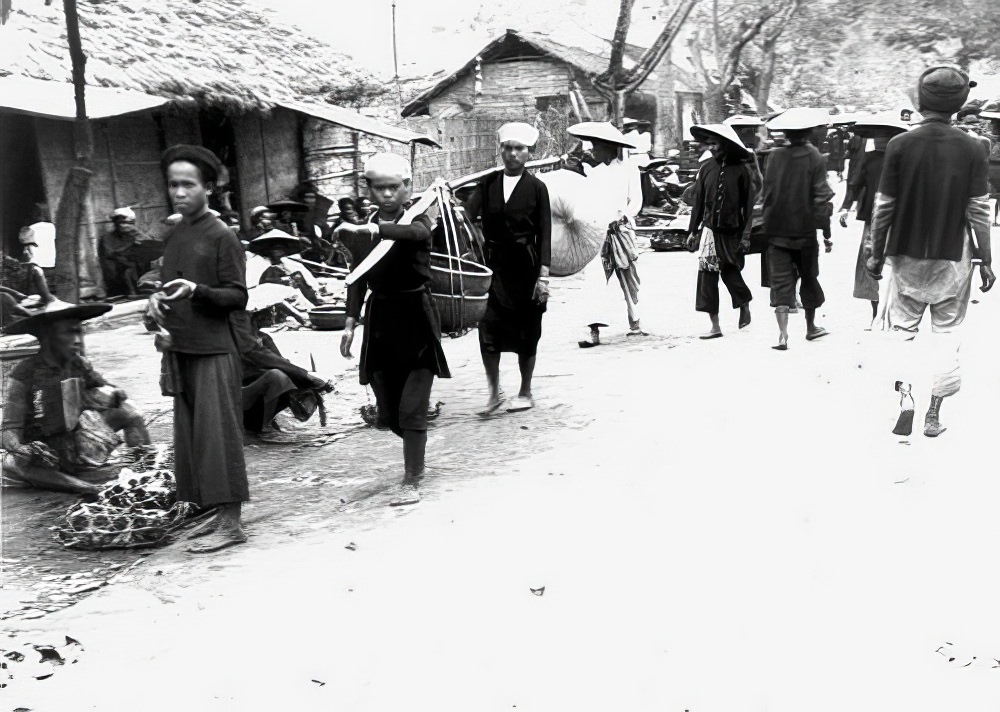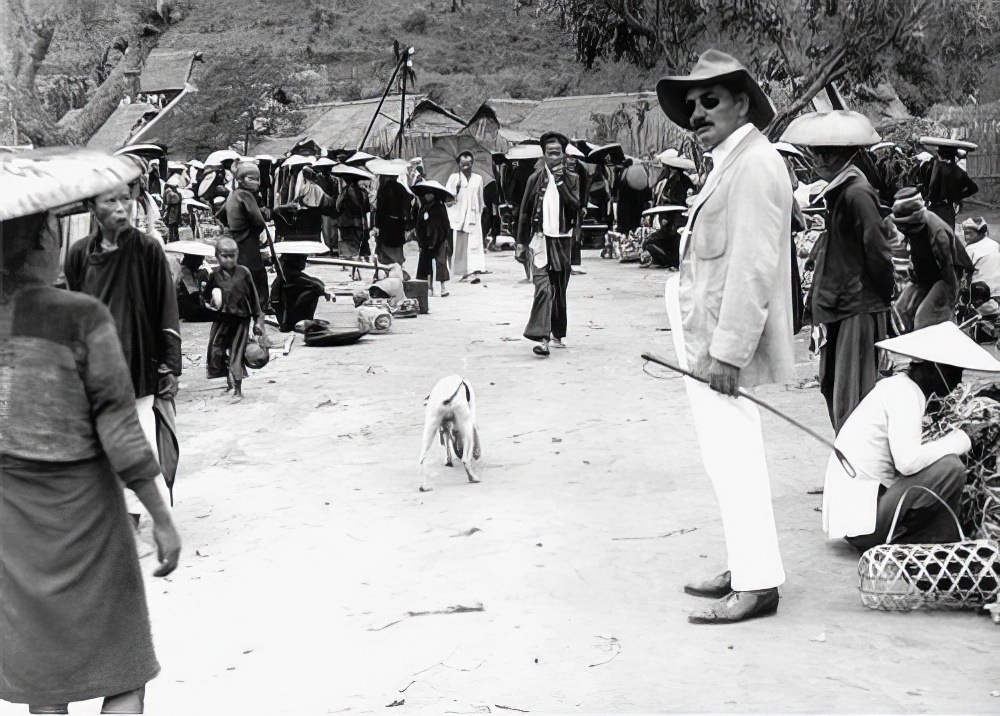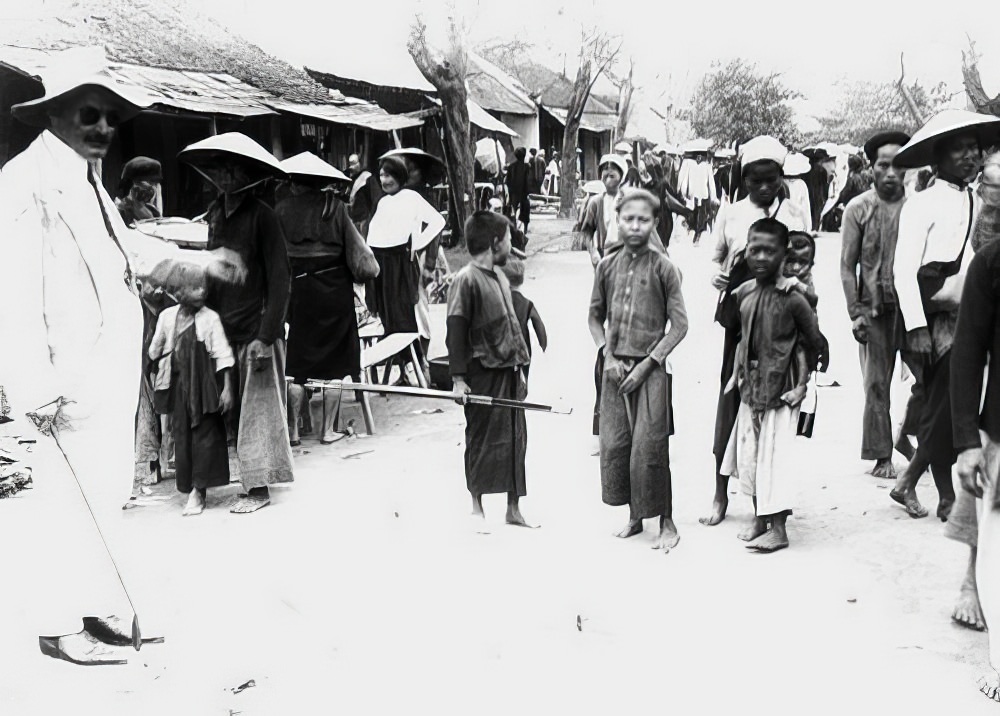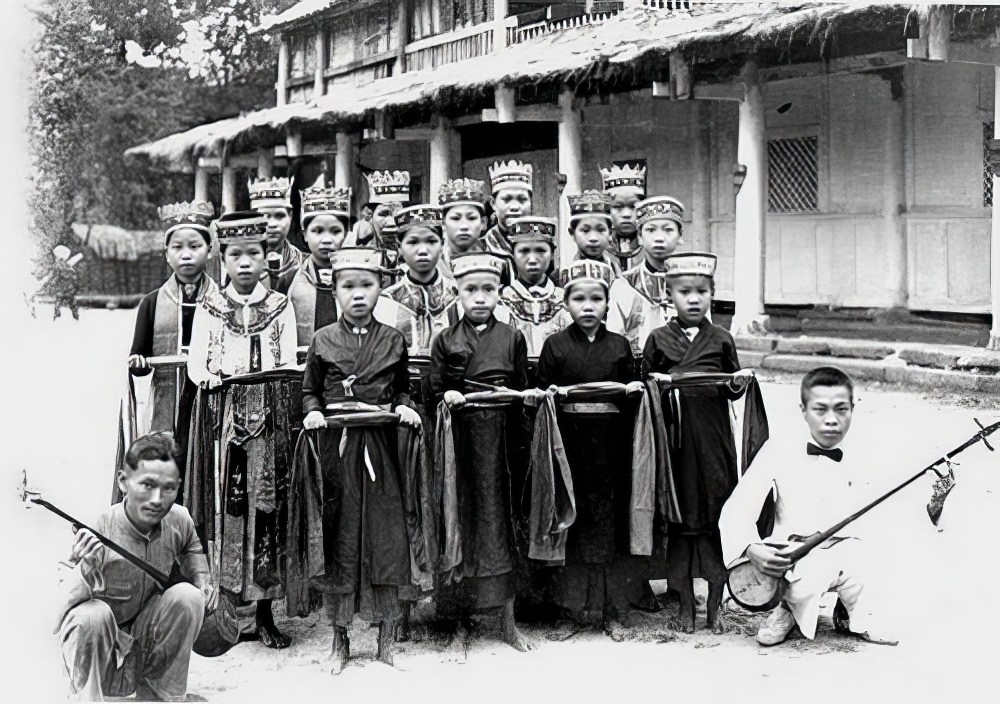Vietnam in the 1920s was a country undergoing significant change. While the French colonial empire held sway, Vietnamese people were beginning to stir, seeking independence and self-determination. Let’s delve into the daily lives of ordinary Vietnamese people during this transformative period.
Rural Life
For most Vietnamese, life was centered around agriculture. Rice cultivation was the backbone of the economy, and farmers worked tirelessly in the fields. The traditional water buffalo played a crucial role in farming practices, helping to plow fields and transport goods.
Rural villages were often small and close-knit communities. People lived in simple houses made of bamboo and thatch, and their days were filled with hard work and simple pleasures. Traditional festivals and customs were deeply ingrained in rural life, providing opportunities for celebration and social interaction.
Urban Life
In the bustling cities of Hanoi and Saigon, a different kind of life unfolded. The French colonial influence was evident in the architecture, culture, and social norms. The French Quarter, or “Quartier Français,” was a world apart from the indigenous Vietnamese neighborhoods.
Read more
Urban dwellers, particularly the educated elite, were exposed to Western ideas and lifestyles. Many young Vietnamese attended French schools and universities, acquiring a Western education. However, this exposure to Western culture also led to a growing sense of nationalism and a desire for independence.
Daily Life and Traditions
Regardless of whether they lived in rural or urban areas, Vietnamese people shared many common experiences. Traditional clothing, such as the áo dài for women and the áo gấm for men, was widely worn.
Food was a central part of Vietnamese culture. Rice was the staple food, and it was often accompanied by a variety of dishes, including soups, stir-fries, and noodle dishes. Tea was a popular beverage, enjoyed both hot and cold.
Traditional medicine, based on herbs and acupuncture, was widely practiced alongside Western medicine. Vietnamese people also believed in spirits and ancestors, and many rituals and customs were centered around honoring them.


